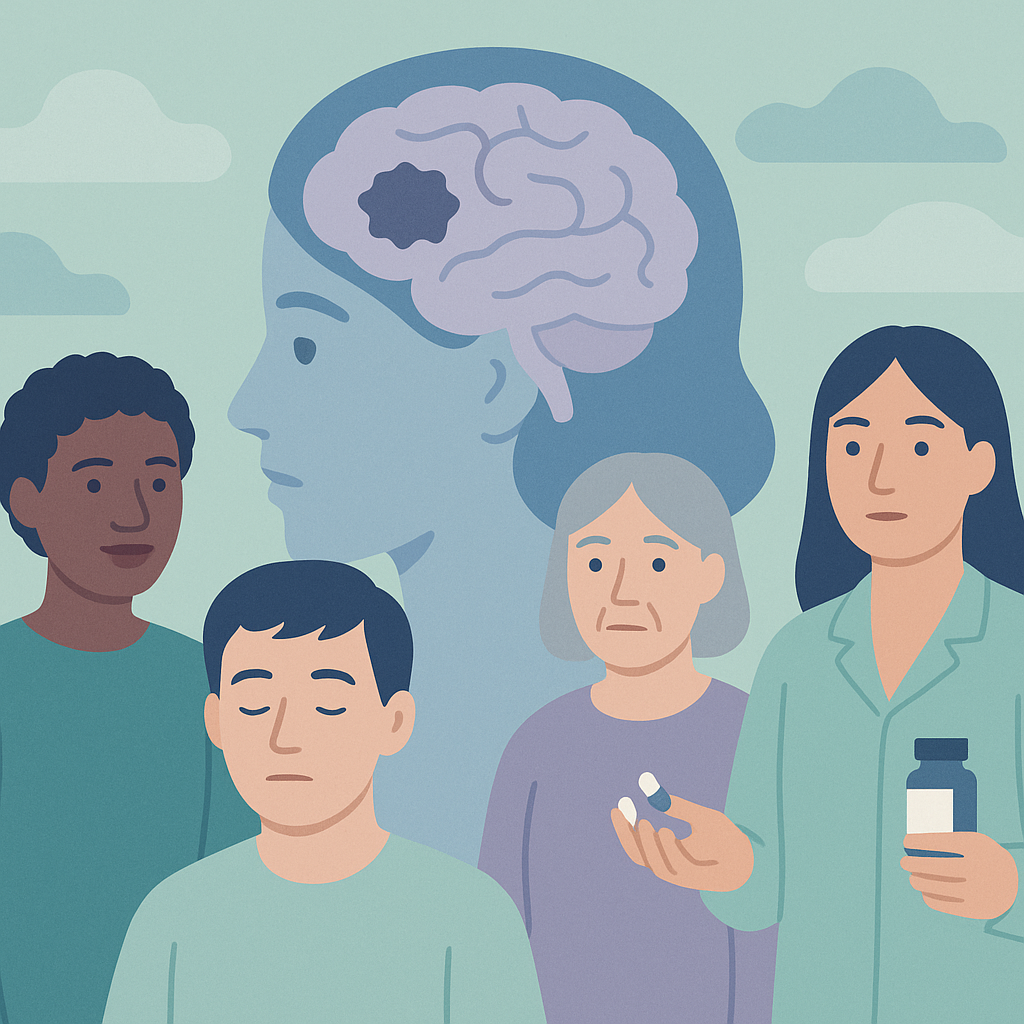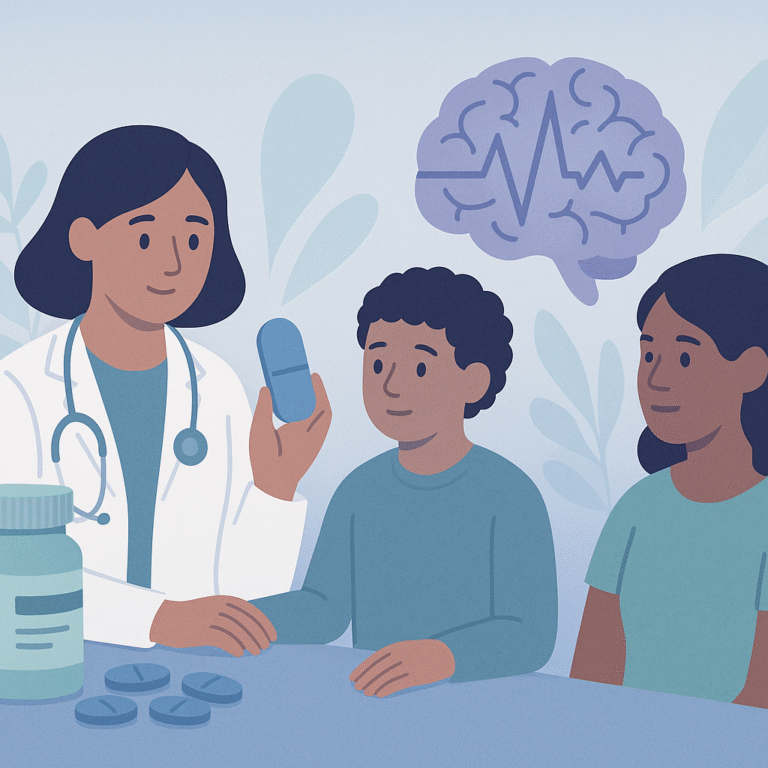Cytotoxic Lesions Linked to Epilepsy and Medication Changes
Source: Seizure
Summary
Researchers studied a specific type of brain injury called cytotoxic lesions of the corpus callosum (CLOCCs) in people with epilepsy. They looked at data from 80 patients, including both children and adults, who developed these lesions after changes in their anti-seizure medications (ASMs) or due to seizures. The study aimed to understand how these lesions are related to epilepsy and the effects of different medications.
The findings showed that CLOCCs were often linked to stopping or changing ASMs, with about one-third of the cases related to medication withdrawal. Seizures themselves also contributed to the development of these lesions. Interestingly, the time it took for the lesions to improve was shorter for children, averaging about 15 days, compared to 42 days for adults. The most commonly used ASMs in these patients included carbamazepine and phenytoin, but newer medications like levetiracetam were also noted.
This research is important because it highlights the potential risks associated with changing epilepsy medications and how these changes can lead to brain lesions. Understanding the relationship between ASMs and CLOCCs can help doctors make better treatment decisions. However, the study has limitations, such as the small number of patients and the variability in how quickly the lesions healed, which means more research is needed to fully understand these findings.
Free: Seizure First Aid Quick Guide (PDF)
Plus one plain-language weekly digest of new epilepsy research.
Unsubscribe anytime. No medical advice.





